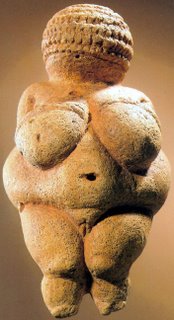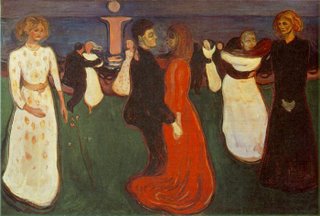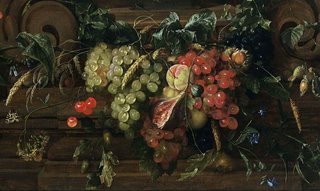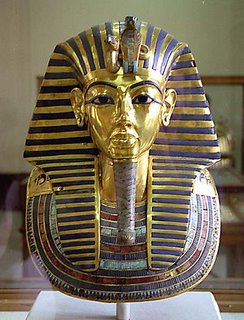The Acropolis. Athens, Greece.

Today I'm introducing you to the Acropolis. Now a lot of people get confused and think that the Acropolis is a Greek temple of some sort. But that is all lies. An acropolis the high point of a city - like in acrophobia, the Greek "akros" means high; and like in metropolis, the Greek "polis" means city. An acropolis is usually on a hill, and contains some of the most important buildings in a Greek city. The Acropolis refers specifically to the most famous acropolis, that in Athens.
The Acropolis, like the Campo dei Miracoli, is home to a number of significant buildings. Now I went through the entire Campo dei Miracoli in one post, but that ended up being very long, and I didn't have room to go into great detail about each of the buildings, which was no good. So today I'm introducing you very generally to the Acropolis itself, and I'll go further into detail about its separate parts over the next few days. I suppose this is also kind of a cop-out, since I don't have to write much today. Yay for me.
The major buildings that exist on the Acropolis today were built under the leadership of the famous Pericles. Pericles ruled during the Golden Age of Athens, a period that runs from roughly the end of the Persian Wars to the end of the Peloponnesian War, around 450 BC to 400 BC. At the time, Athens was the head of the Delian League, a group of Greek city-states which had united to fight back the Persian army. Being in the Delian League meant paying taxes to Athens to be used to build up their army - but for a time, the Persians weren't attacking, so Athens decided the tax money would be far better spent on building pretty temples and things on the Acropolis.
Thus the Acropolis is now home to four great structures: the Propylaia, the Temple of Athena Nike, the Parthenon, and the Erechtheion. I'll go into each of these over the next four days, and until then, you can hold your breath in anticipation.
By the way, you might have noticed the cranes in the background of this picture. For the last few years the Acropolis has been undergoing a major restoration. For more information, visit The Acropolis Restoration Project.










